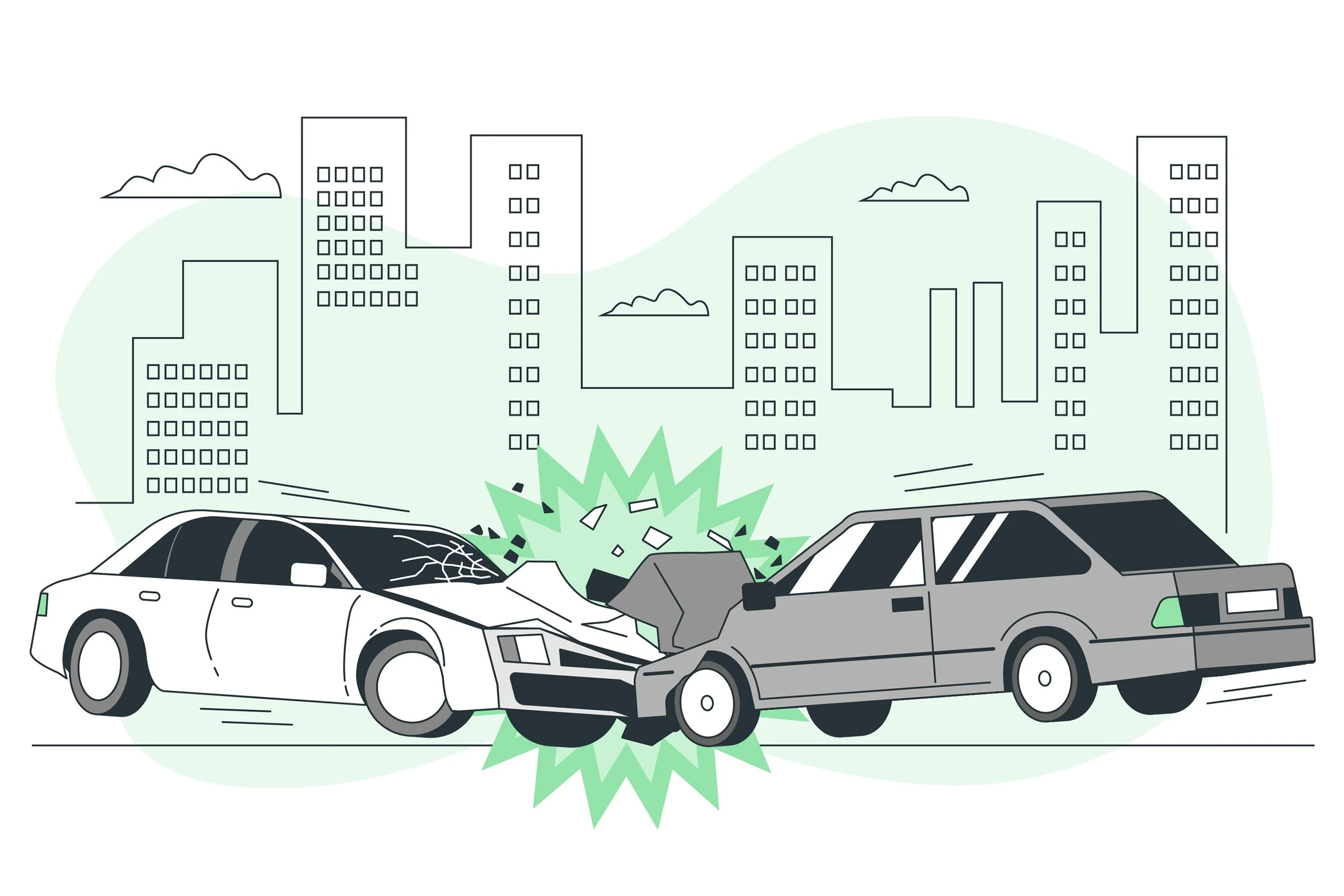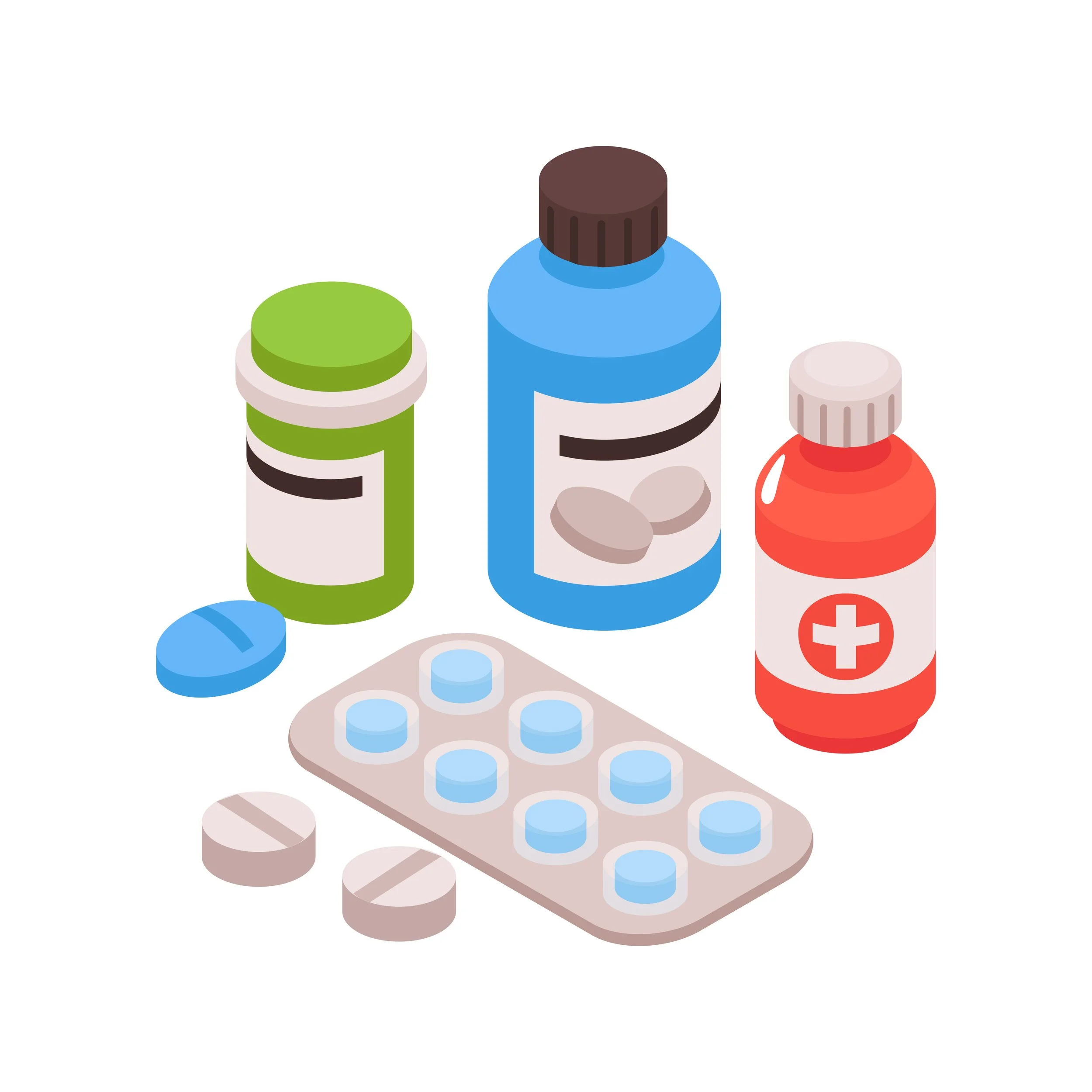ICBC Whiplash: Your Guide to Recovery
After a motor vehicle accident, whiplash is the most common injury. The rapid acceleration and deceleration of your neck causes tremendous stress to your “soft tissues”, which include muscles, ligaments, tendons and vertebrae disks. Whiplash trauma can be incredibly painful, and affect many aspects of daily life. We’ve put together a resource of answers and actions you can take to assist your recovery.
How do I know if I have whiplash?
The most common symptoms are a headache and/or neck pain after your accident. Skin numbness, back pain, dizziness, ringing in ears, jaw pain, visual disturbances, difficulty sleeping, fatigue, or arm pain/weakness are also symptoms, but it can take up to 48 hours after the injury for these symptoms to appear. For some, the symptoms can be minor and resolve within a couple days. For others, symptoms can become varied and chronic, ranging from severe pain to cognitive and emotional problems. Due to the variety of whiplash symptoms, they are collectively referred to as whiplash-associated disorders (WAD).
What should I do to manage my pain?
Try ibuprofen (Advil) or acetaminophen (Tylenol) to reduce your discomfort for the first few weeks. Longer use has been shown to decrease your pain tolerance, so that’s generally not recommended.
Don’t worry—it’s unlikely that you have lasting damage: the vast majority improve quickly and continue to have full range of motion without pain.
Hands-on therapy such as chiropractic, massage, or physiotherapy are beneficial. Passive treatments like ultrasound, laser, and bed rest are not supported by research.
What activities can I do with whiplash?
Keep in motion: staying still is about the worst thing you can do with whiplash. You’ll recover more quickly if you can return to work and your daily living as soon as possible. Even if you experience some mild to moderate pain, work through it to aid your recovery. NO neck collars!
These activities can include walking, visiting the dog park, playing with your kids, swimming, and anything gentle and low-impact. Active rehab helps, too.
How does physiotherapy help with whiplash?
Active range of motion promotes new lubrication of the spine and blood flow, which helps to repair the micro tears that occurred during the accident.
Your first physio visits centre around education: what not to do; what movements will irritate the injury. You’ll learn the ideal posture for sitting and sleeping; how to bend and pick things up. Re-learning these basic movements will make a big difference in avoiding pain and promoting a quick recovery.
Once you’re ready, your physiotherapist will show you gentle exercises, which are less about strengthening and more about re-training your body to move without pain. You might be scared to move because of pain, but it’s essential we prevent your body from locking up in a “self-protective mode”.
How long will it take before I’m completely back to normal?
Mild whiplash can take 6-8 weeks to full recovery. If you sustained an injury at greater than 60km speeds, you’re at a higher risk for injuries like building disks, herniated disks, and cartilage damage. These take longer to heal.
FYI, classic “soft tissue” healing (not bones, but muscles & ligament tearing) is usually 12 weeks.
Be patient with your body—it’s been through a lot!
What neck exercises should I do?
We get asked this question so often, we decided to make a free resource, for both patients and folks checking us out (if that’s you, welcome!).
Credits: pch-vector, pollypanika






